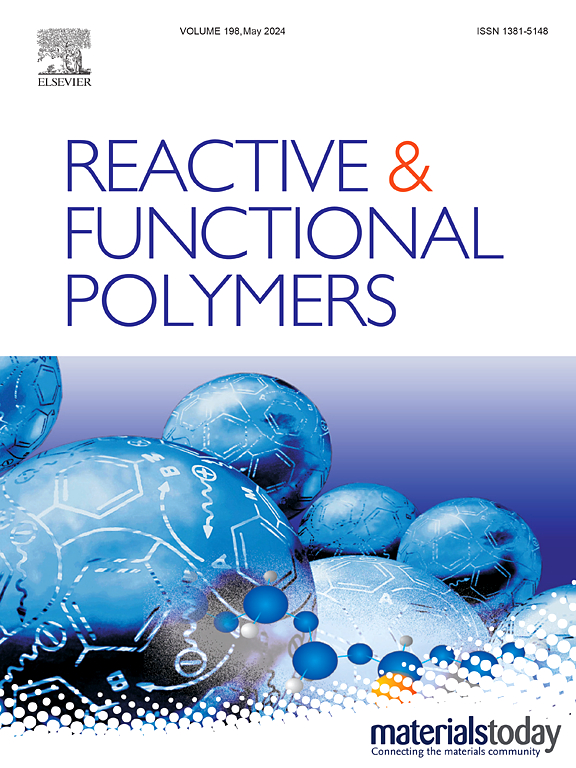Efficiently fire-safe asphalt achieved via synergistic effect of ferrocene and halloysite nanotube
IF 4.5
3区 工程技术
Q1 CHEMISTRY, APPLIED
引用次数: 0
Abstract
Aiming to improve the flame retardancy efficiency and rheological properties of hydroxides commonly used in asphalt, a combined flame retardant was fabricated using aluminium hydroxide (ATH), halloysite nanotube (HNT) and ferrocene. The optimal loading of flame retardant and process parameters for asphalt preparation were determined through an orthogonal experimental design. Through microscopic observation, the combined flame retardant was evenly dispersed within the asphalt matrix, with minimal agglomeration and segregation. Asphalt containing the combined flame retardant achieved an improved limiting oxygen index (LOI) value of 28.1 %, accompanied by a 30.9 % and 41.2 % reduction in peak of heat release rate (PHRR) and peak of smoke production rate (PSPR) compared to conventional Styrene-Butadiene-Styrene (SBS) modified asphalt used in asphalt pavement. In-depth mechanism analysis revealed that the formation of high-quality charring layers was facilitated by the catalytic reaction of ferrocene and catalytic oxidation of gases produced during asphalt combustion. Moreover, the improved network crosslinking function in asphalt significantly enhanced the rheological properties observed in the dynamic shear rheometer (DSR) and multiple stress creep recovery (MSCR) tests. Prospectively, this study provides an effective approach for simultaneously achieving prominent fire safety and enhanced rheological properties of asphalt through a simple preparation method.

求助全文
约1分钟内获得全文
求助全文
来源期刊

Reactive & Functional Polymers
工程技术-高分子科学
CiteScore
8.90
自引率
5.90%
发文量
259
审稿时长
27 days
期刊介绍:
Reactive & Functional Polymers provides a forum to disseminate original ideas, concepts and developments in the science and technology of polymers with functional groups, which impart specific chemical reactivity or physical, chemical, structural, biological, and pharmacological functionality. The scope covers organic polymers, acting for instance as reagents, catalysts, templates, ion-exchangers, selective sorbents, chelating or antimicrobial agents, drug carriers, sensors, membranes, and hydrogels. This also includes reactive cross-linkable prepolymers and high-performance thermosetting polymers, natural or degradable polymers, conducting polymers, and porous polymers.
Original research articles must contain thorough molecular and material characterization data on synthesis of the above polymers in combination with their applications. Applications include but are not limited to catalysis, water or effluent treatment, separations and recovery, electronics and information storage, energy conversion, encapsulation, or adhesion.
 求助内容:
求助内容: 应助结果提醒方式:
应助结果提醒方式:


